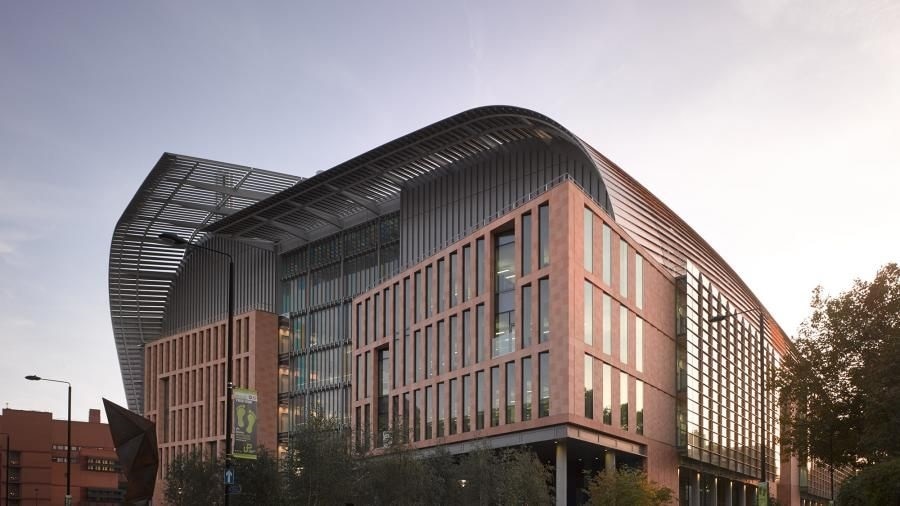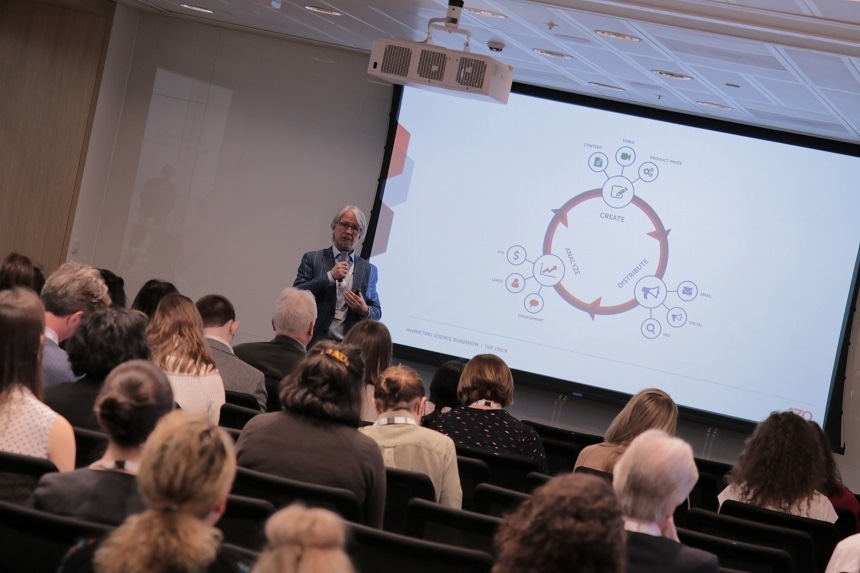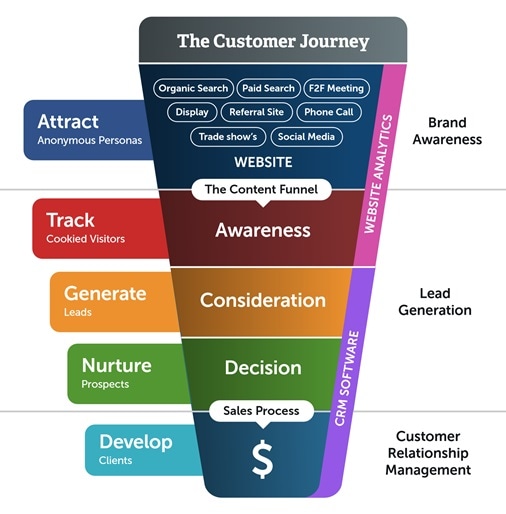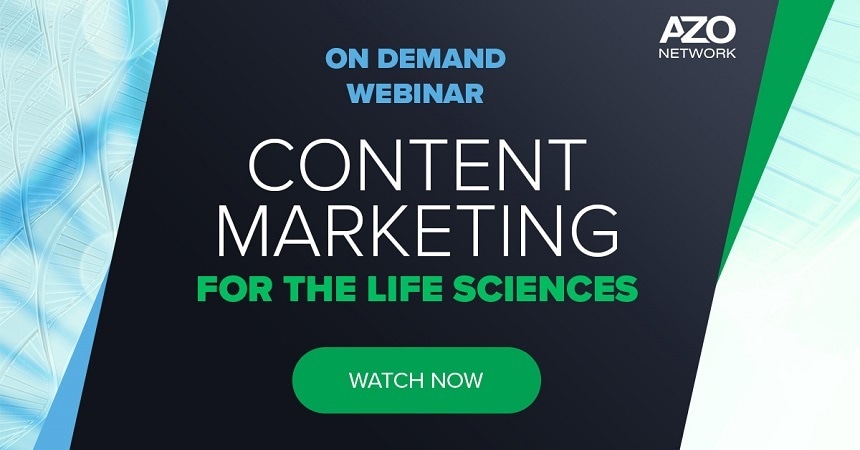
Image Credit: Francis Crick Institute
Over 70 scientific marketing managers gathered from around the UK at the Francis Crick Institute for a morning of insights into digital marketing strategy in life sciences.
The roadshow began with AZoNetwork’s CEO, Dr. Ian Birkby discussing the story of how AZoNetwork has evolved from the idea of sharing science stories with people who can make a difference.

Ian shared great examples of how fascinating research can be brought to life using effective storytelling techniques as a life sciences marketing company.
The Human Microbiome – Professor Jack Gilbert, Director of the Microbiome Center, discusses a new potential fingerprint in forensic evidence.
A Story of innovative Molecules – Sir Fraser Stoddart, Nobel Laureate and Director of the Center for the Chemistry of Integrated Systems at Northwestern University, discusses cyclic compounds and slow-release mechanically interlocked molecules.
Understanding Cellular Processes with Single Molecule Studies - Nobel Laureate in Chemistry, Professor Moerner of Stanford University expands on his research in single-molecule optical nanoscience.
Benefits of Compact MRI - Dr. Bernard Siow, Director of the MRI Unit at the Crick, discusses the benefits of diffusion MRI and how it is used in research for cancer and neurodegenerative diseases.
Following on from the thought leadership series, we looked at examples of Life Science Marketing Strategy and how to create content for each stage of the buyer’s journey.

Head of Content Mychealla Rice discussed what makes great content and demonstrated research showing how application-based article content outperforms product pages in terms of traffic. However, she explained that although product-based content generates less traffic, it converts leads at a much higher level.
The combination of varied pieces of content works together to form a strong life science content marketing strategy, including everything from blog posts to white papers. Mychealla also provided valuable tips for improving CTAs (calls to action) and sharing a helpful content creation template for attendee’s marketing efforts.
Check out the Content Creation Template
Kris Walker, Chief Videographer, discussed how video can be part of your inbound marketing campaign strategy. The message was clear: With the correct preparation in the storyboarding, scripting, and distribution plan, the editing and post-production will seamlessly fall into place.
Check out our Video Template Generator
Digital Marketing Specialist Stuart Milne then discussed the resurgence of email marketing and how to successfully execute ultra-targeted campaigns that hit the mark with your audience. Strategy, segmentation, and design are the three pillars of any effective email campaign.
Web Services Manager Dave Cockett was as popular as ever as he dispelled some of the myths and misconceptions which have stigmatized SEO over the years. Dave shed some light on the recent expertise, authoritativeness, and trustworthiness (EAT) update, which has seen many sites penalized in the SERPs. He also discussed the SEO tools and tips he uses to gain remarkable improvements with clients to reach their target markets.
Frank Barker demonstrated the importance of bringing marketing and sales data together in one system to measure success. CRM systems allow you to build trust internally and with your customers and prove ROI.
Frank highlighted the importance of a 360-degree single customer view and gave insight into how to implement automated lead generation scoring and distribution.
Hal Collier from International Gas Detectors was on hand to share the challenges B2B marketing managers faced in an ever-changing digital landscape for life science companies, from finding targeted audiences to brand awareness and social media.

If you missed the roadshow or have any questions about Life Science Marketing, please contact us today or learn more by watching the Content Marketing for Life Sciences Webinar.